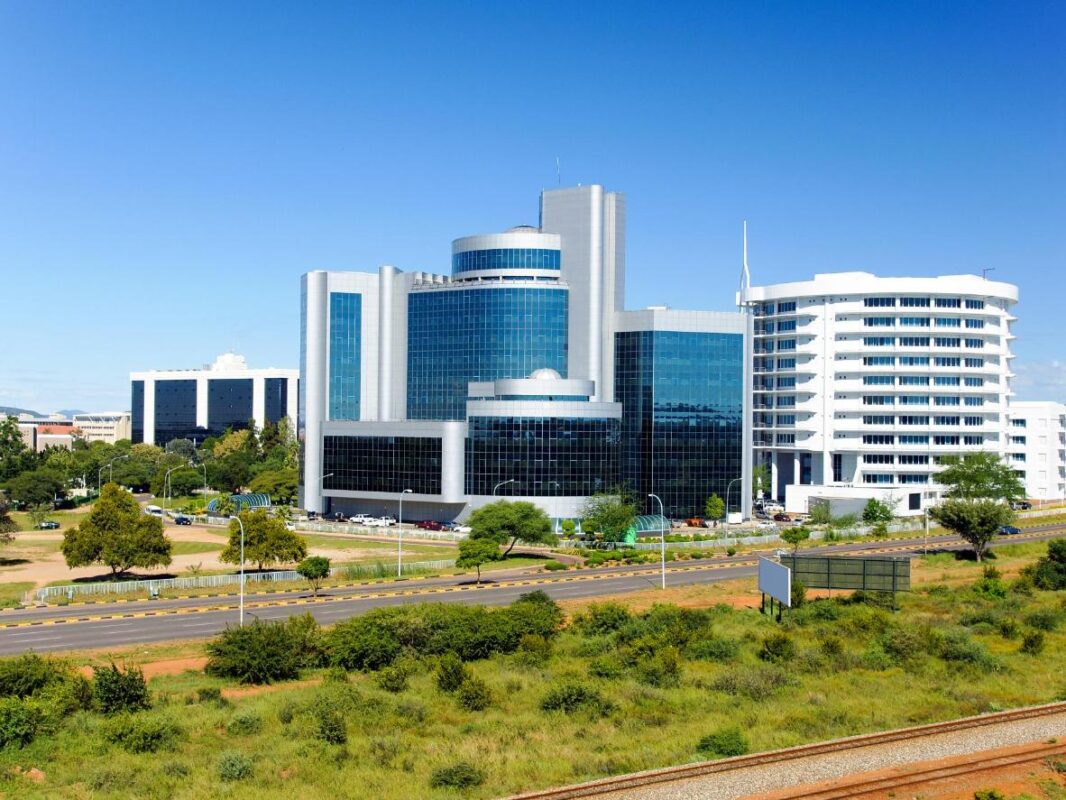In the 1830s, many parts of present-day Botswana were invaded by the Kololo and the Ndebele and then by the Afrikaners and the British South Africa Company. As a result, in 1885, the northern portion of the kingdom became the protectorate of Bechuanaland. The protectorate was ruled by a Commissioner and advised by three councils: An African Chief, a European businessman/ farmer and one of the delegates who was either a businessman or a farmer. The colonialists introduced many laws that forced the citizens of Botswana to go to the mines to work.

In 1960, a new constitution was introduced but it still gave special preference to white settlers, so Africans rebelled against it. A new constitution was introduced in 1965 which led to the creation of a national assembly, an advisory house of chiefs, a President elected by the Assembly and an opportunity for all citizens to participate in elections. Bechuanaland officially became Botswana in 1966.
The grandson of Khama III and head of the Botswana Democratic Party (BDP), Seretse Khama was the first to be elected President. His party won 28 out of 31 seats during the election. Most of their support came from rural voters. As a result, they were very conservative in their approach to ruling. Botswana’s diamond mines became operational in the 1960s and were responsible for most of the development the country experienced from the 1960s to the 1980s. The country’s GDP grew 14.5% in the 1970s and about 9.8% in the 1980s. It had the fastest growing economy in the world during this time.
In the 1970s and 1980s, Botswana was a front-line state that supported the liberation of other black countries, but it refused to have liberation war fighters use the country as a military base. They faced many attacks from apartheid South Africa because the ANC would occasionally cross into their borders to organize.
Today, Botswana is one of the most successful countries in Africa economically.




